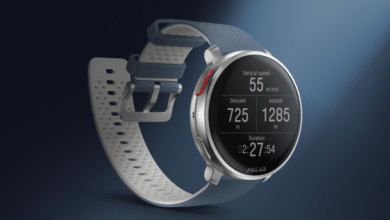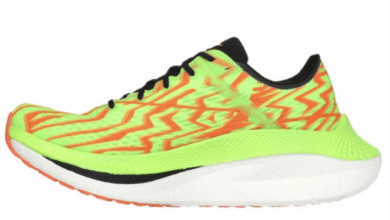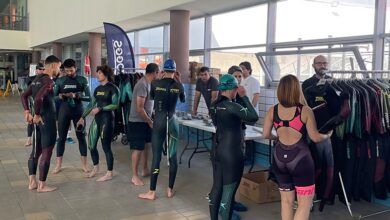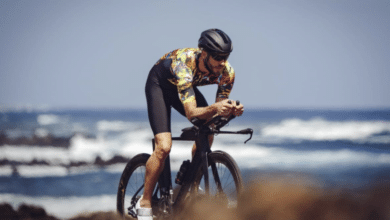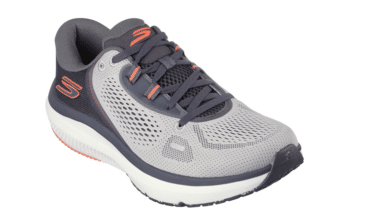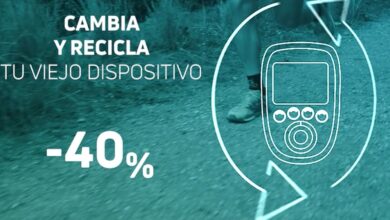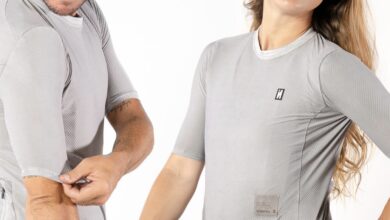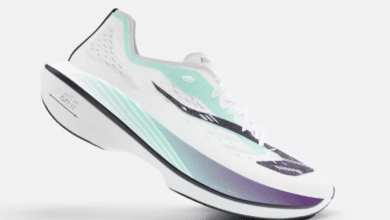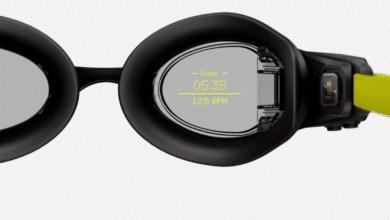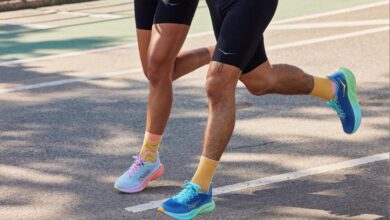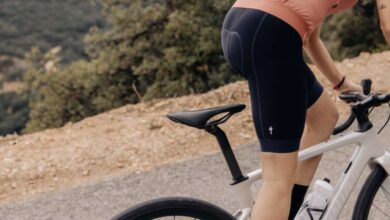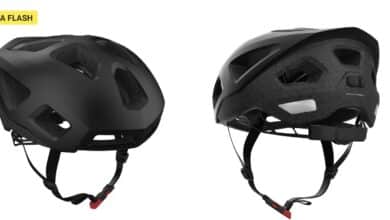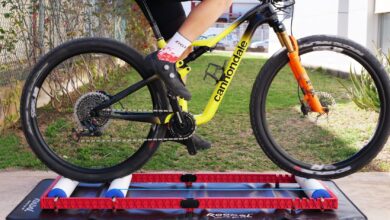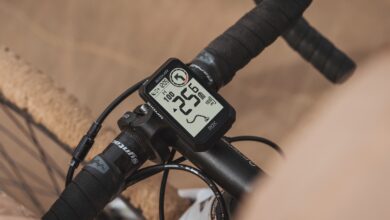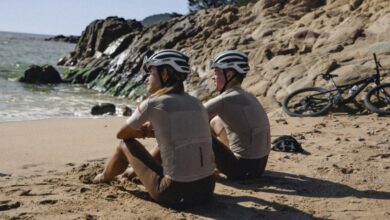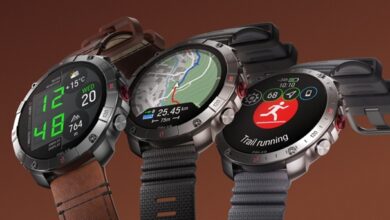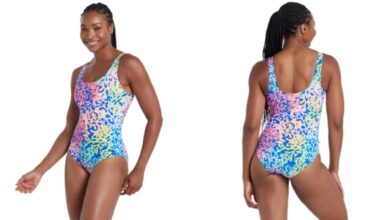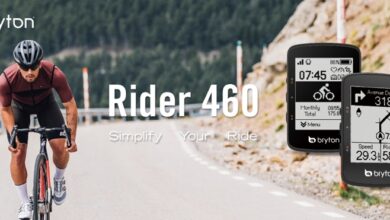Tips for choosing clothing for a triathlon
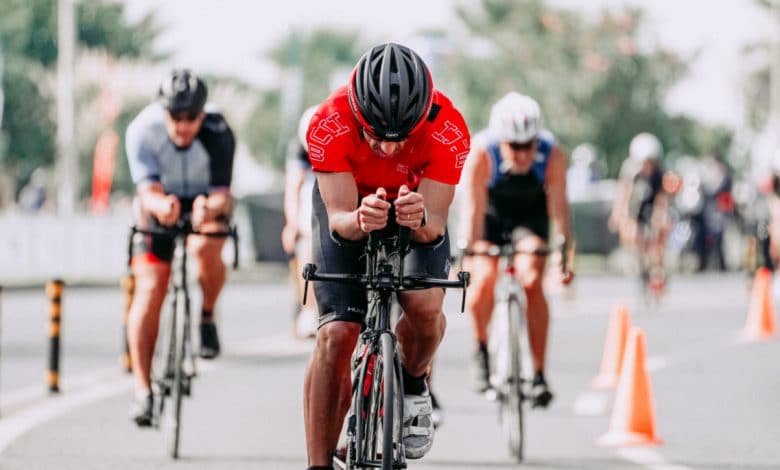
The triathlon is a competition of three different sports, where clothing plays a very important role. This includes cycling, swimming, and running, all of which must be tackled very quickly and flexibly.
But, if you don't know what clothes to choose, in our website We have some tips to help you make the best decision.
Choosing a good material for both competition and triathlon training or any of the sports that make it up is essential. On the website of tenths They have a wide catalog of sports equipment that can be very useful when choosing high-quality clothing.
How should the suit be suitable for a triathlon?
Before choosing the suit, the first thing to consider is the distance of the triathlon. Therefore, the correct option is the fitted and without pockets, preferably.
If it's a short test they're not necessary, because you won't have to use them at all. The opposite occurs with the long tests, where the competitors require the pockets to store some items such as gels, bars, etc.
The jumpsuit must be very elastic and hydrodynamic that allows it to be used for any of the three sports, so its design must be used for swimming, pedaling and running.
Another point to take into account in the pad that is incorporated, it is placed between the legs because its function is to protect the sensitive parts of the body to prevent bumps or chafing.
You have to see that it fits your body and that it is not too big, since it can give you discomfort in the running part of the race.
For short distance races normally those that are in one piece are used as they fit perfectly to the body for greater comfort. On the other hand, in long distance, they are sometimes used in two pieces.
Today there are many models that allow them to be used comfortably at any type of distance.
Clothing for the swimming sector
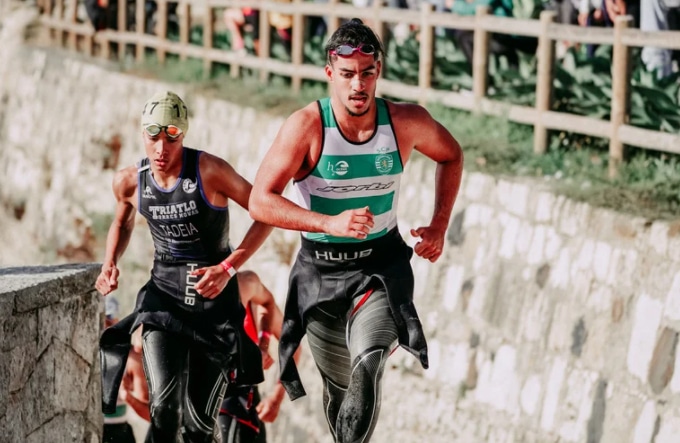
Neoprene fabric
Sometimes you have to use this type of garment, but it depends on the temperature of the water.
In many cases it is a mandatory suit to protect competitors from possible hypothermia.
With these suits, agility when swimming is evident, since you can swim faster than with others, thanks to its flexibility and buoyancy.
There are many models for both beginners and expert swimmers and they differ in the fabrics and thickness that they incorporate, since the thicker the more buoyancy and less flexibility.
Swim goggles
these should fit snugly against the head, but not tight. It is recommended that they be curved lenses so that peripheral vision is adequate. In addition, they have a filter for UV rays from the sun and anti-fogging.
Clothing for the cycling segment
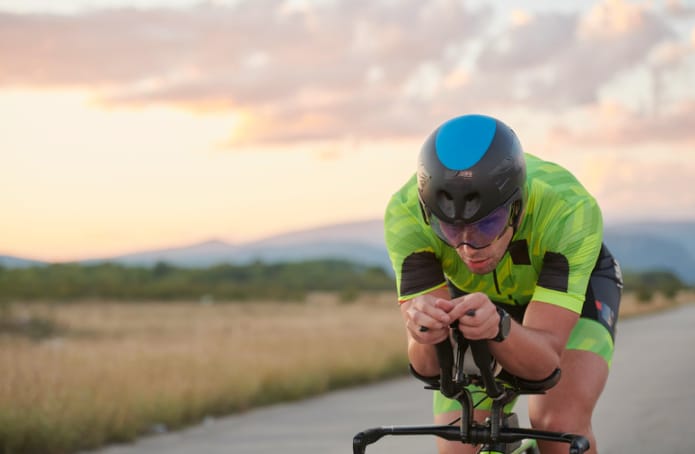
Helmet
if it is a cross triathlon, the use of a helmet with visor, so that it can be easily removed and put on.
For the short distance road triathlon a road helmet, and an aerial helmet for the medium and long distance.
Glasses
its use will depend a lot on the race and the personal taste of the competitor.
They will help a lot though. to avoid some discomfort in the eyes like the wind, earth or even some insect. To choose the right ones, care must be taken that they are not too heavy and that they fit well.
Cycling sneakers
They should be easy to put on and take off so as not to waste time on transitions.
There are triathlon-specific cycling shoes that have a quick fit and a strap at the back that allows them to be left in place with a rubber band on the bike for a quick transition from water to cycling.
Clothing for the foot race
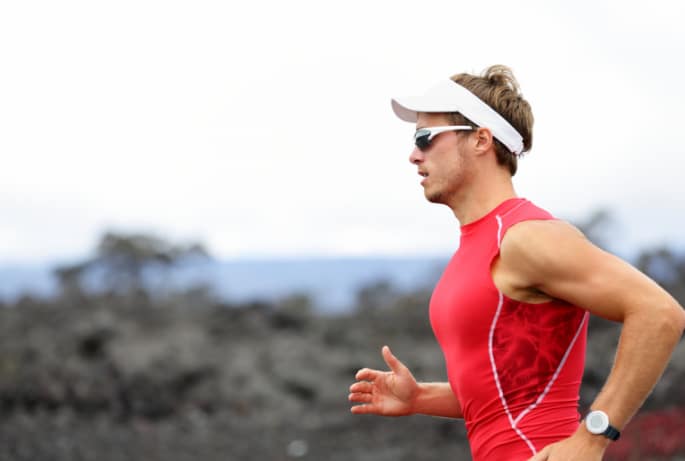
Sneakers
They must be light for running and can be worn without socks in short races such as super sprints or sprints.
It is very important that you do not wear new shoes on the day of the race, as they can cause very annoying rolling. Depending on the distance and the triathlete's technique, you can opt for shoes with more or less cushioning.
Cap or visor
in the race it is necessary to use a cap or visor to protect the head from the sun or the rain, as the case may be. They also fulfill the function of protecting the eyes from sweat.
Sunglasses
It is a highly recommended option. Sometimes the triathlete uses the ones he has worn in the cycling segment, but it is advisable to use specific glasses for running.
Think that you are going to be running for a long time, and they will avoid discomfort such as the wind, they will protect you from the sun and it is important that they are light and have ventilation holes.
Things not to forget before a triathlon
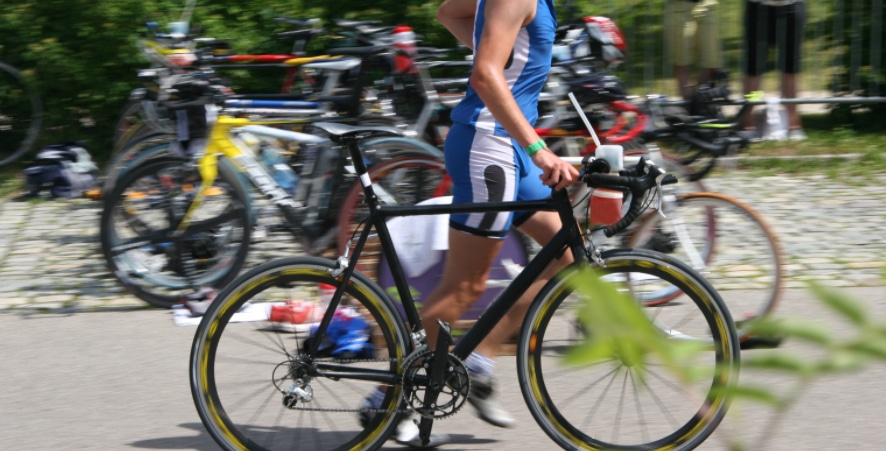
Facing a triathlon is a big challenge that requires maximum concentration, but also certain materials that may be necessary and that you should include in your backpack.
- El DNI and federal license
- soap and towel to take a shower once you finish the test.
- Wear clean clothes to change into.
- Sunscreen, as you will be spending many hours in the sun
- Post-race food
- Spare slippers
- Talc and Vaseline.
- Cycling gloves.
- Sunglasses.
- bicycle tools in case of any problem.
- Air pump for bicycle wheels.
strength in triathlon
This is the so-called fourth discipline of the triathlon, essential for performance and avoiding injuries in athletes.
Being a triathlete requires a proper gym routine to prevent injuries and get excellent results. It is important that this training is prior to competitions to develop strength, power and achieve high performance.
We recommend reading this article The importance of strength training in triathlon
- For swimming you need lats, shoulders and chest.
- For cycling and running, glutes, quads, hamstrings and have strong calves. As well as abdominal muscles, lumbar, pelvis, and the muscles of the spine, because they allow you to maintain a proper position at all times.
The routine that should be followed in the gym should include some of these exercises: Deadlifts, squats, triceps extensions, plank and lunges.
Also, add exercises from Military press which allows to work the upper part of the body, especially the shoulders.
There are no previous results.







